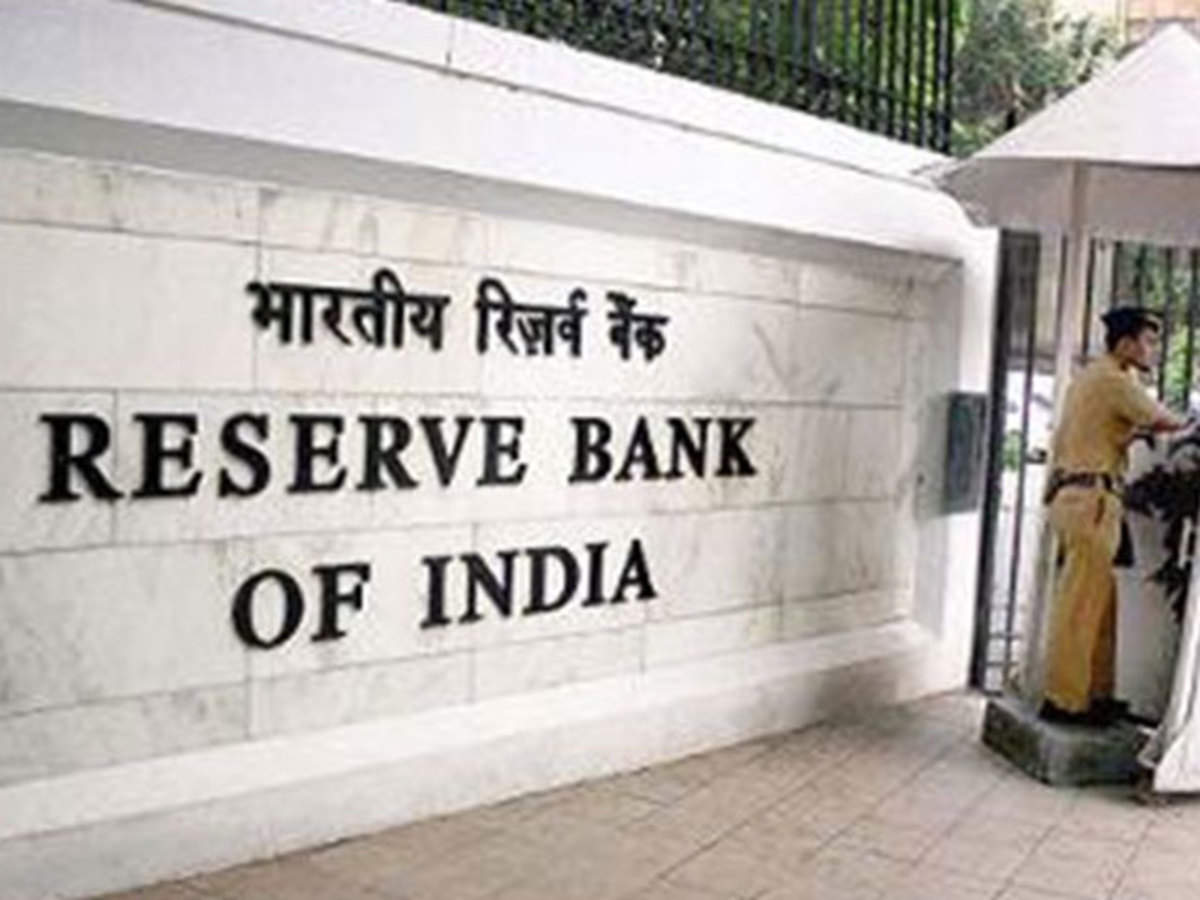While the final loss count would depend on how long Covid continues, assuming it continues till the end of September at the very minimum, it is likely to shave off our GDP by 10-12% compared to the previous year.
The financial jolt from the Covid virus should surely count as a 3-sigma event or perhaps even a 6-sigma. The global meltdown 2008, East Asian Crisis and Dotcom bubble seem to stand nowhere near this. They didn’t choke the physical economy as much as Covid did. While the final loss count would depend on how long Covid continues, assuming it continues till the end of September at the very minimum, it is likely to shave off our GDP by 10-12% compared to the previous year, leave alone the lost growth. That’s a whopping Rs 20-25 lakh crore. RBI’s recently announced one-time restructuring addresses the liquidity issue but leaves open the solvency issue.
WHO SHOULD BEAR THE LOSS?
There is a huge systemic economic loss during Covid-19 and we have to devise the least harmful way to share it between government, business, banks and people. The government bearing the losses will amount to about three-four years’ fiscal deficit at one go—simply too disastrous for the fiscal health. The government should focus more on revival through new investments and bail out others only to the extent it helps it in its effort of revival: it should limit its support to only the vulnerable sections of people (say income-wise bottom 20%) and firms. It would do well not to aggregate all the losses of private individuals with itself by bailing them out. Where would it load such losses? It ultimately has to load it back on the citizens through GST or income taxes.
The government should therefore focus on the poor mainly by way of food security and medicare. Businesses—both big and small—have accumulated a more than fair share of the losses and it will soon transmit to banking system thru credit downgrades. Many of them will become economically viable once the economy gets going, but have to service the additional losses accumulated during the Covid period with their existing assets. When this inevitably transmits to the lenders, many a bank will suffer and the financial system might be too debilitated to support the revival investments required. We need to find novel ways of spreading the losses over a fairly long time. Examined below is one such measure of using a mix of devaluation and inflation by using the forex reserve, which is built for extreme contingencies, but remains sidelined due to oppressive orthodoxy and perhaps lack of boldness.
SUGGESTED WAY BY USING FOREX RESERVES
The RBI can invest equity in banks up to 15%. The banks can be permitted to buy back the equity so issued whenever banks meet some designated criteria in the next 5-7 years. SEBI norms should be relaxed to facilitate this. RBI can also directly liquidate 10-15% of its forex dollar assets and subscribe to the banks’ equity. The level of one year’s imports is too wasteful earning 1-2% returns (much below their costs) and if it is not used at this 6-sigma like crisis, what is its use!
USE BY BANKS
This equity to banks can be used to write off (or provision) 10-15% of loans to all MSMEs, Mudra loans, and select other segments, the criteria for which can be defined by a reputed committee following of whose directions can absolve the bank officials of any wrongdoing and post retirement raids. Alternatively, the interest for one year can be written off for qualifying units—may be for all those who are paying the salaries as evidenced by withdrawals or interest for 12 months from date of restart, thus incentivising restart.
The amount so written off can be recovered by hiking interest rates by about 1-2% over the next 5-7 years, enabling the banks to return the equity to RBI. Hopefully, Rs 3-4 lakh crore write-offs, if properly targeted, will save many bankruptcies. This in turn may save banks, thus avoiding chain defaults and degrades both at the corporate and bank levels, leading perhaps to country downgrade for India. The Central government’s efforts to avoid a downgrade by keeping a tight fist on stimulus spends, as is seen now, can come to naught if many businesses go belly up, leading to bank downgrades. So it’s better to save the situation even if unorthodox.
SHOULD INFLATION BE A WORRY?
Oil being benign and granaries full, inflation is much less of a worry. A 12% devaluation can lead to 2% one year inflation as per many studies, with just a lone study showing 5% inflation for a year. Forex exchange rates should be calibrated to serve our economic interests, rather than pride or ego. Instead of tiny incentives like 1-2% MEIS, interest subvention, etc., devaluation is a lot easier administratively. The alternative—steep fiscal deficits—will push up inflation levels in the country and if the output prices are not commensurately raised due to an overvalued currency, businesses will suffer even more. Given most prices are determined now on import parity, a devaluation of 10-12% of currency will push up their output prices and will help in their fast revival. Sure, devaluation will hit firms with uncovered forex borrowings, but what they lose at one go, they will recover by way of higher sales prices several times over. Given forex borrowings are just a fraction of sales, they would be able to absorb them.
Thus, RBI can front end the losses through valuation gains. Banks can carry the write-offs temporarily. And recover through 1-2% additional interest and ½% additional interest towards a Covid interest fund. This will compensate the banks for their one-time write-off and the banks can pay back RBI with the money so recovered, thus completing the cycle over 6-7 years.
Kumaraswamy is the author of ‘Making Growth Happen in India’ (Sage).

